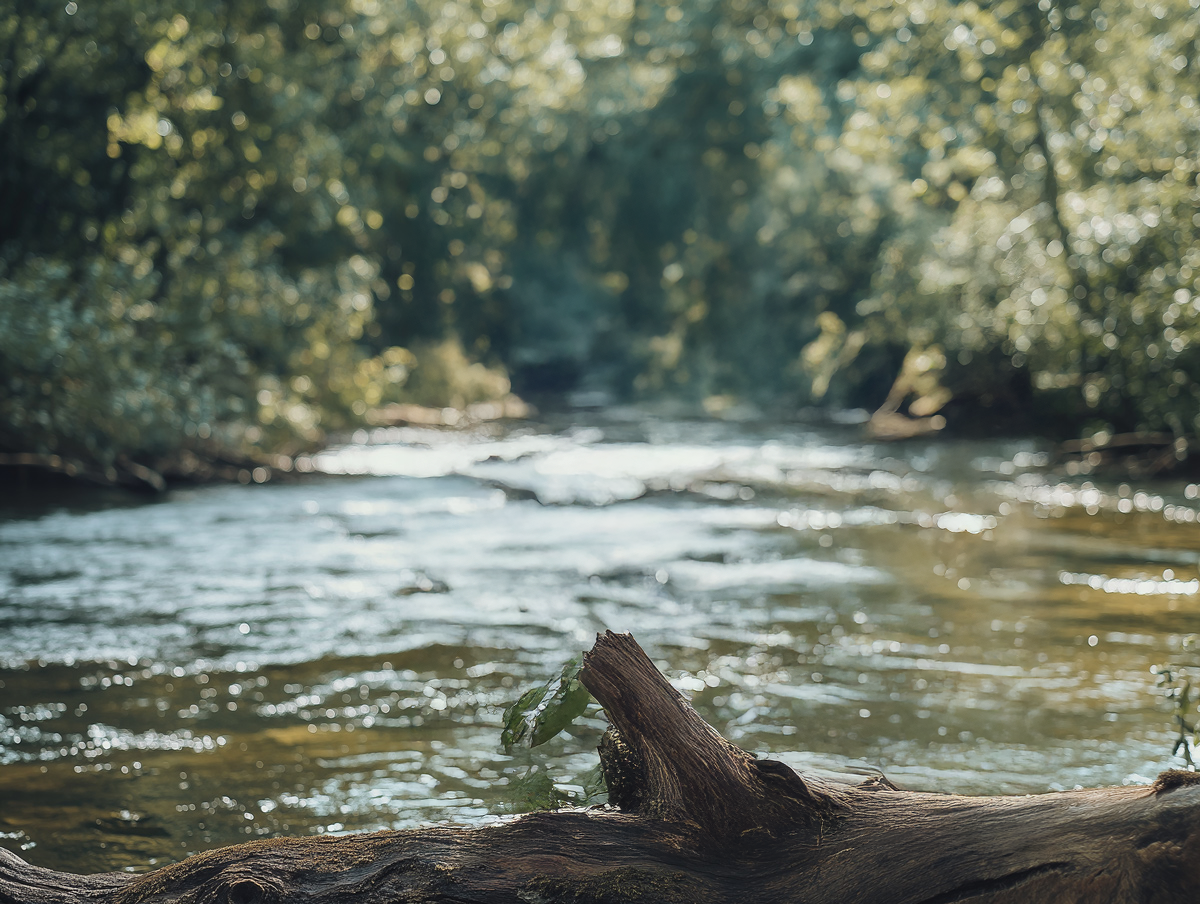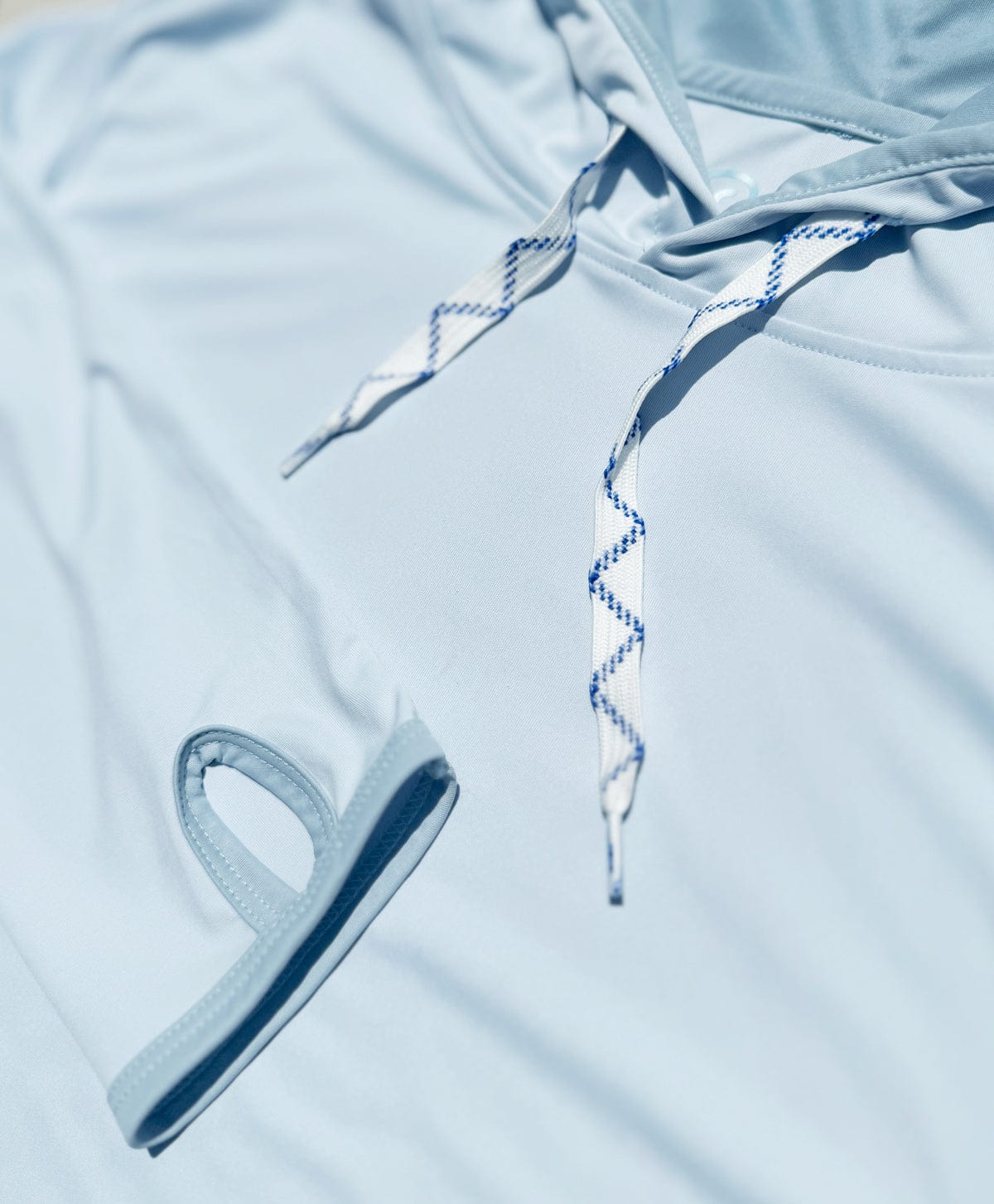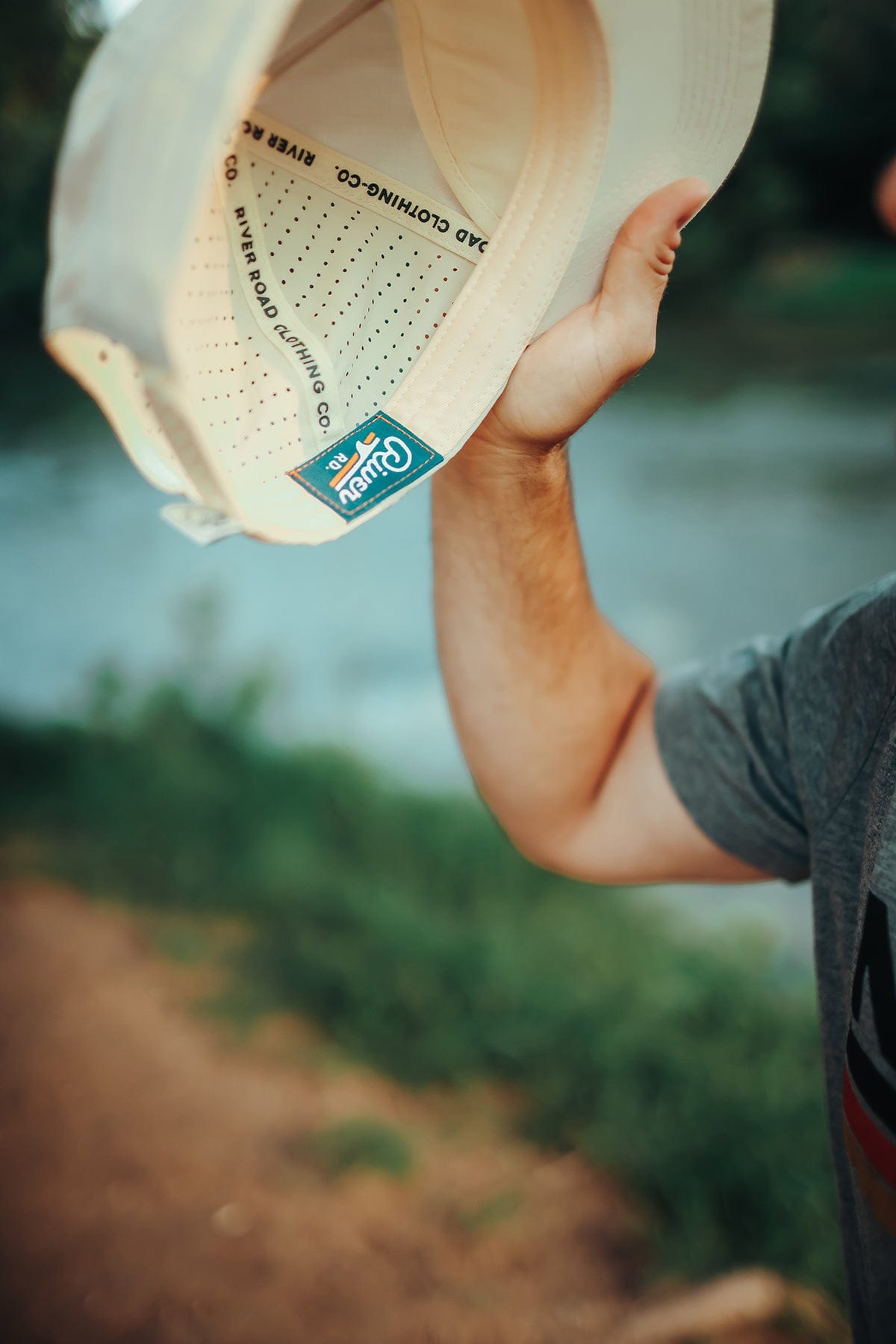The floods in Kerrville and across Central Texas devastated homes, businesses, and families. Our thoughts are with those who’ve suffered loss, and we are incredibly grateful to the first responders, neighbors, and volunteers who showed up to help when it mattered most.
At River Road Clothing Co., we are proud to be part of this community, and like many of you, we’re asking the same question: What should we do next?
What Happens to a River After a Flood?
Floods don’t just push water over the banks. They churn up everything: silt, debris, chemicals, trash, and even invasive species. As the water recedes, the river is left changed, sometimes drastically.
According to recent posts from the Texas Parks & Wildlife, floodwaters can remain hazardous for days and may contain harmful bacteria, hidden debris, and powerful currents. Wait for official clearance from local authorities before entering any affected areas, and check @texasstateparks for closure notifications before you travel.
Here's what unfolds in the days and weeks after a major flood.
Erosion and Sediment Displacement
Floodwaters carve new paths, tear away at riverbanks, and deposit silt where it doesn’t belong, affecting water clarity, wildlife habitats, and the health of native plants. Silt is a granular material with a particle size between sand and clay, typically made of soil and other sediments.
Contamination
Water can carry fuel, fertilizer, sewage, and other pollutants into the river, which puts both humans and wildlife at risk.
Destroyed Habitats
Fish spawning areas, bird nesting sites, and riparian vegetation may be damaged or gone entirely. Recovery of habitats will take time and support.
Debris Everywhere
Trees, fencing, plastic, and household items — the river can become a dumping ground after a flood. These materials block water flow and threaten wildlife.
After the Rescue, Comes the Repair
Once emergency response and immediate aid efforts conclude, the long road to recovery begins. And here’s where locals — like you, like us — can step up in a big way.
Join or Organize a River Cleanup
After water, food, and clothes are gathered, comes the time to clear the debris. The most urgent need will be for chainsaws, excavators, skid steers, large trucks, dump trucks, and strong manual labor to haul away what is damaged beyond repair.
Start by coordinating with local nonprofits, city departments, or just a group of neighbors to remove trash and debris from riverbanks, trails, and surrounding areas. But please be careful. Wear gloves, bring bags, and be mindful of sharp objects or contaminated materials. Consider also carrying specially marked biohazard bags for items that are not suitable for general disposal.
Report Damage to Local Authorities
If you see broken infrastructure (like washed-out footbridges, downed signs, or sinkholes), let your city or county know. Small details matter for ensuring safe access and preventing future floods.
Support Local Environmental Groups
Organizations such as the Guadalupe-Blanco River Trust and the Texas Rivers Protection Association work year-round to preserve our waterways. Donations or volunteer hours go a long way in times like these.
Be a Smart Steward
Floods magnify whatever’s already in the watershed, so keeping it clean every day can be one way to prepare for the next flood. Limit the use of pesticides, pick up after pets, avoid dumping anything down storm drains, advocate for native plant restoration, and responsible development. Protecting the river is protecting your community.
Where to Donate or Volunteer in Central Texas
Outside of Kerrville, many areas of Texas are in need of cleanup support:
— Leander
— Georgetown
— Hunt
— Ingram
— Burnet County
— Seguin
— Comal
If you’re looking for a way to give back through sweat equity or financial support, these local and regional organizations are doing vital work to restore and protect the rivers of the Hill Country.
Hill Country Alliance
Focuses on conserving water resources and natural landscapes throughout Central Texas. They support watershed protection, host volunteer cleanup events, and educate communities about the importance of long-term recovery.
Guadalupe-Blanco River Trust
Works to preserve land and water resources along the Guadalupe River. They’re often involved in floodplain preservation, habitat restoration, and education.
Keep Texas Beautiful
Partners with local affiliates in Kerrville, New Braunfels, and across the region to organize community cleanups and litter removal after disasters.
Texas Rivers Protection Association (TRPA)
Advocates for clean, free-flowing rivers throughout Texas frequently support cleanups, promote paddling safety, and engage in legislative advocacy.
Local Volunteer Fire Departments, Emergency Services, and Town Councils
Many rural departments organize clean-up efforts after floods, from helping clear roadways to aiding in river safety. If you're not sure where to start, reach out to your local city offices or parks department — they’re often coordinating efforts behind the scenes and need extra hands.
Standing Stronger, Together
The river gives us so much beauty, adventure, peace, and in many cases, our livelihoods. In return, we have a responsibility to take care of it, especially after a catastrophe.
We’re proud to call the Texas Hill Country home. We’re proud of this community, which continually comes together to help. If you know of a specific project, volunteer group, or fundraiser helping with flood recovery in Kerrville or along the Guadalupe, let us know or share your story with us on Instagram (@riverroadclothing). We’d love to help spread the word.
After all is said and done, the water will settle.
The trees will stand green and tall again.
The river will begin to heal, and so will we.




Share:
A Short Story About a Short Guy Catching a Short Fish
Our Yearly Survival Guide to Wurstfest in Central Texas